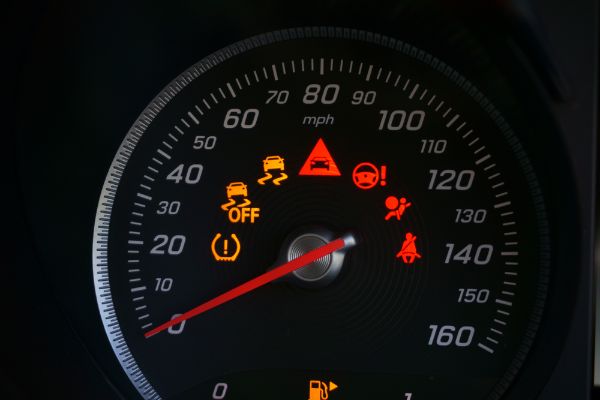Modern vehicles come equipped with various dashboard warning lights designed to alert you when something requires your attention. These lights can be a bit confusing, but understanding what they mean is crucial for maintaining your vehicle's health and safety. In this guide, we'll demystify some common warning lights and what you should do when they illuminate.
Engine Warning Light
The engine warning light, often shaped like an engine block, is one of the most critical warning lights. When it lights up, it could indicate a range of issues, from minor ones like a loose gas cap to more severe problems with the engine's components. If this light comes on, it's best to have your vehicle checked by a professional mechanic to prevent further damage.
Brake System Warning Light
The brake system warning light looks like an exclamation point inside a circle and signals potential issues with your braking system. It could mean your brake fluid is low, your brake pads are worn, or there's a more severe problem with your brakes. Given the crucial role brakes play in your safety, never ignore this warning light
Check Oil Warning Light
The oil can symbol, often accompanied by the word "OIL," tells you that your engine's oil level is low. Adequate oil is essential to lubricate the engine's moving parts and prevent overheating. If you see this light, check your oil level and top it up if necessary. If it continues to illuminate, consult a mechanic as it may indicate an oil leak or other issues.
Battery Warning Light
The battery warning light, resembling a battery or the letters "ALT" (for alternator), signals potential problems with your vehicle's electrical system. It could be a failing battery, a faulty alternator, or a loose or damaged alternator belt. Ignoring this light may lead to a dead battery and an inoperable vehicle.
Tire Pressure Monitoring System (TPMS) Light
The TPMS light looks like an exclamation point inside a horseshoe-shaped tire. When it lights up, it means there's an issue with your vehicle's tire pressure. Proper tire pressure is crucial for safety, handling, and fuel efficiency. If you see this light, check your tire pressure and inflate or deflate them as needed.
Understanding your vehicle's warning lights is essential for maintaining your vehicle's health and safety. If any warning light illuminates, it's advisable to consult a professional mechanic to diagnose and address the issue promptly. Ignoring these warnings can lead to more severe problems and potentially compromise your safety on the road.

